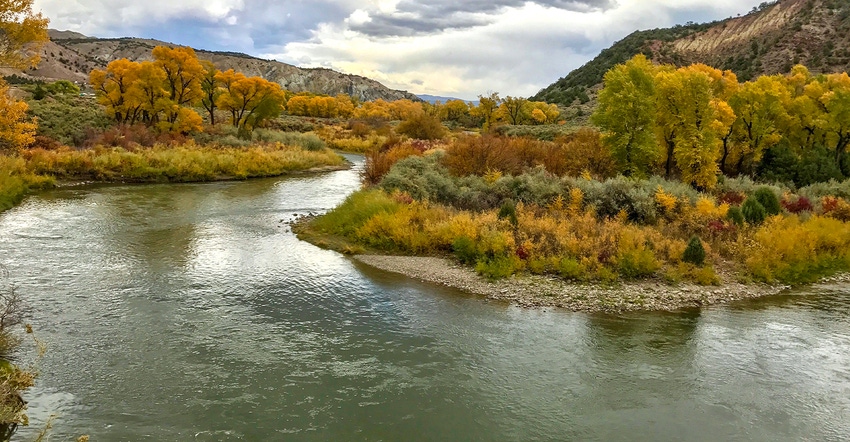December 18, 2019

The Family Farm Alliance for much of 2019 has been assembling a special two-volume report that includes the perspectives of 10 key water users with ties to the alliance. All Colorado River water users need certainty for effective future planning.
Agricultural water users need — and want — to help shape their future, instead of relying upon others to design their future for them. Thus, ag water users are a major audience for this report, which came out Dec. 12 at the Colorado River Water Users Association conference in Las Vegas. You can download a copy at familyfarmalliance.org.
We think we’re well-suited to provide a service to our Colorado River membership and policymakers by explaining how key players from throughout the entire watershed are tackling the drought contingency plans and other processes.
I was privileged to conduct these interviews, where individual perspectives clearly demonstrated the amazing diversity in views on Colorado River policy matters. Within the Colorado River Basin, water users’ perspectives are shaped by where they are in the system: whether in the Upper or the Lower Basin, within or outside the natural hydrologic basin, in which state, and the priority of their use within their state.
Areas of consensus
Still, there appear to be general areas of agreement among those interviewed.
First, there is growing acceptance that Colorado River hydrology is worsening. While the basin benefited from above-average snowpack over the past winter, Colorado River managers recognize it will take more than one good water year to end this prolonged drought. They have seen recently how very dry conditions can follow a good year. Both the quantity and volatility associated with future hydrology will likely change in the future.
Second, virtually everyone interviewed urged Colorado River agricultural water users to personally — or via organizations or coalitions — engage in current conversations, processes and negotiations. Certainty for agricultural supply and existing water rights can only be achieved by agricultural water users and managers engaging with all stakeholders to develop new partnerships and programs to meet the challenge going forward. A successful process will require solutions working from the bottom up: from local watersheds and communities up to each of the states, and then up to the Upper and Lower Basin level.
Solutions to the problems facing the Colorado River will not and should not fall on the backs of any single user, state or sector of the economy. It is incumbent on all Colorado River water users to work together to find and implement voluntary collaborative solutions. This will inevitably require some level of sacrifice and compromise from all users.
Along the Colorado River and elsewhere, farmers and ranchers need to continue to demand a seat at the table, and be prepared to advocate for and defend agriculture’s use of water and the benefits received by our country as a result of that use.
Keppen is executive director of the Family Farm Alliance.
About the Author(s)
You May Also Like




